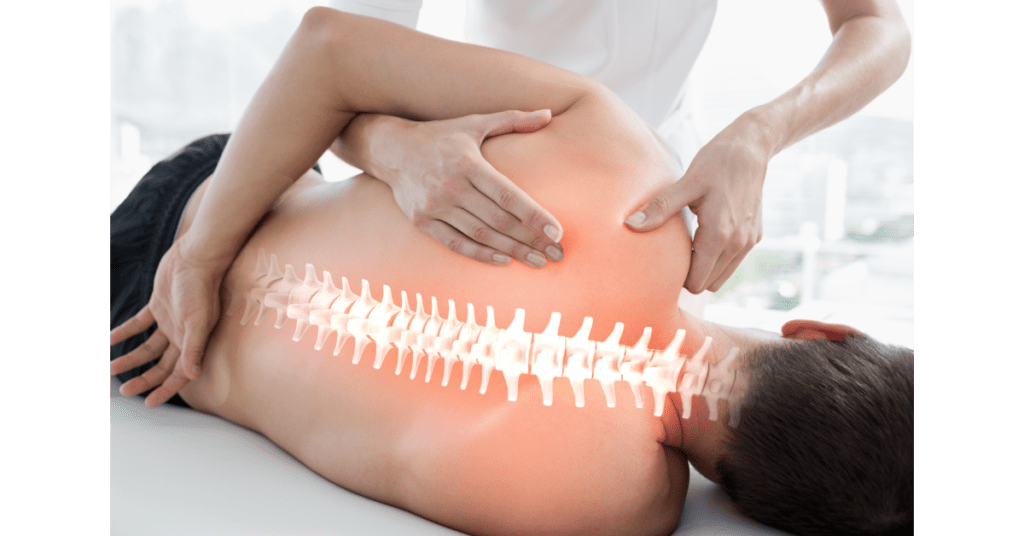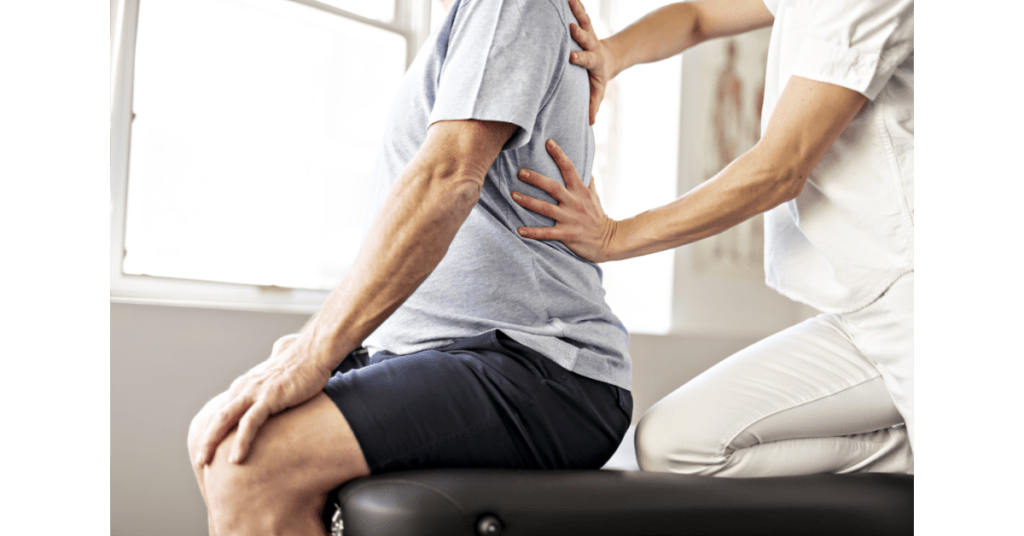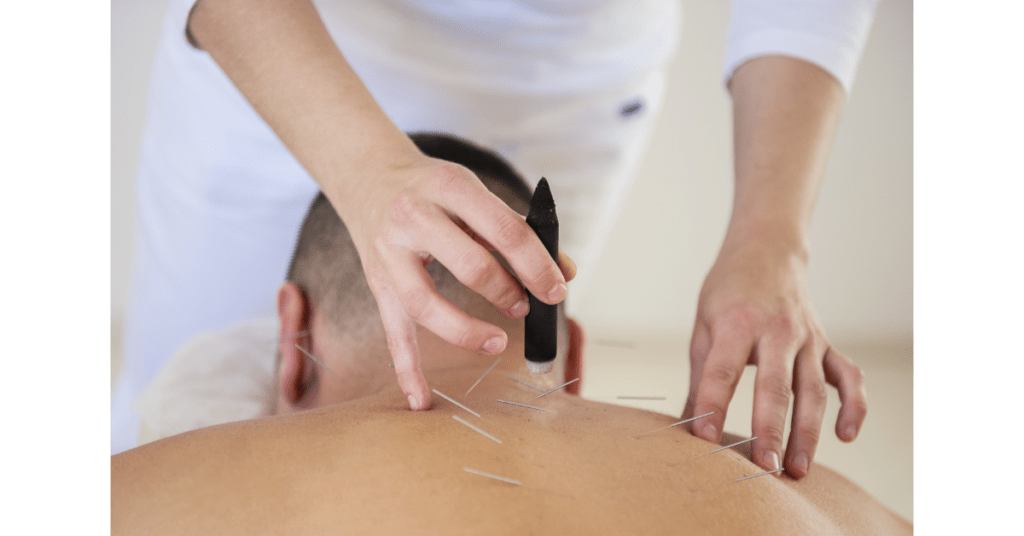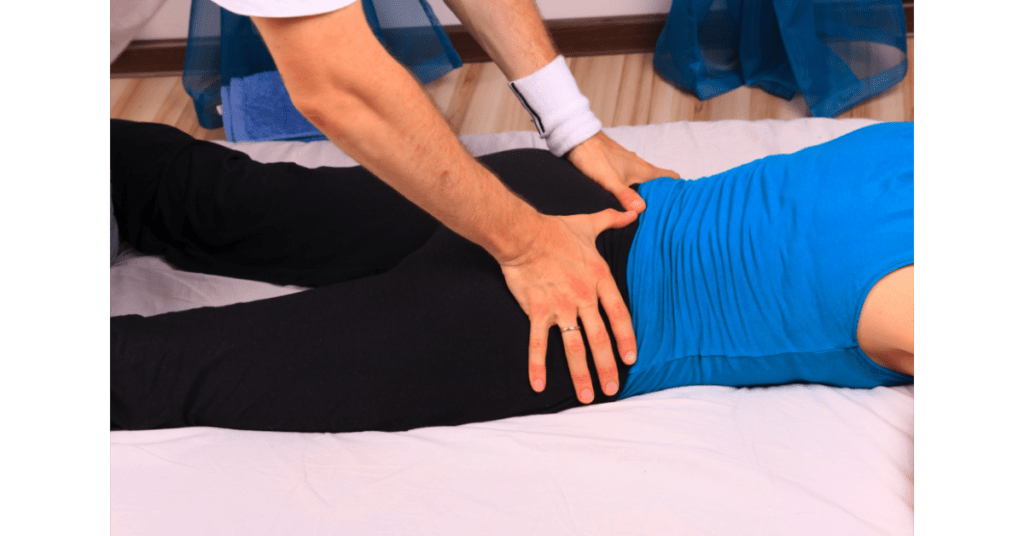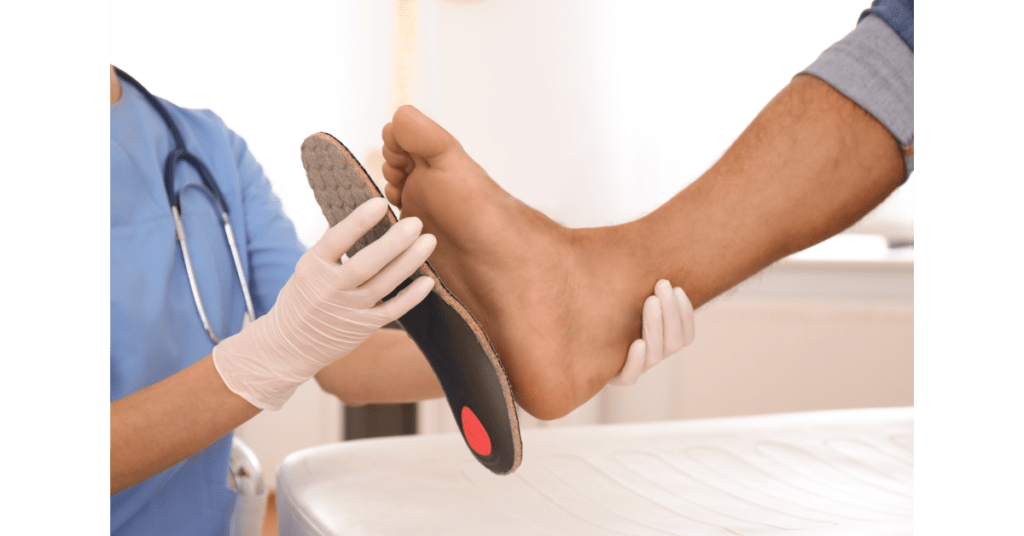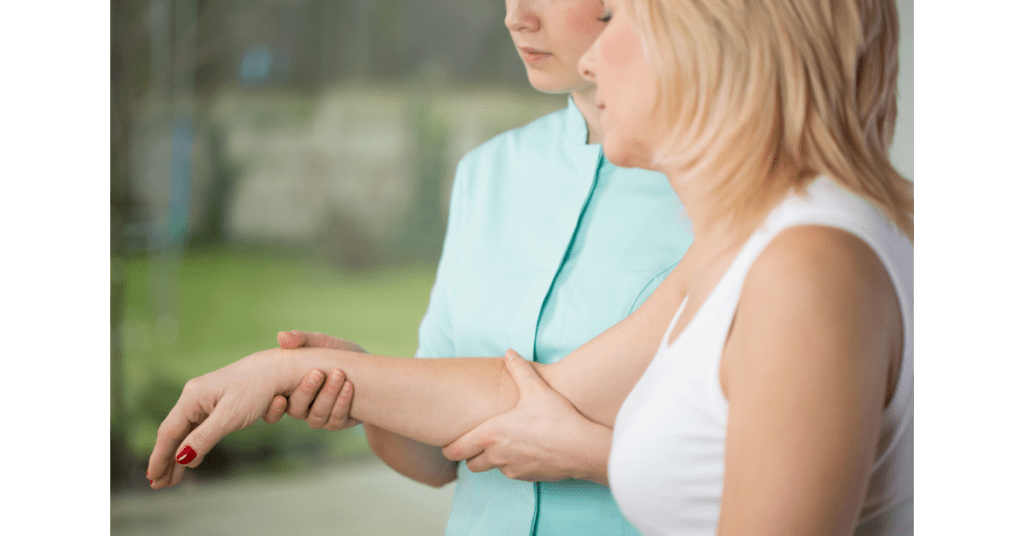What is Hip Bursitis?
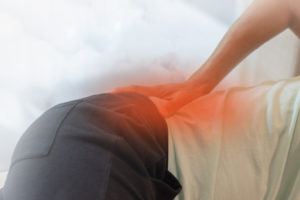
Hip bursitis occurs when a bursa in the hip gets swollen and inflamed. This is a painful condition. A bursa is a small sac with synovial fluid. This lubricating liquid reduces friction between tissues in the body. It functions as a cushion between muscles, tendons, and bones and enables the joints to move smoothly. The human body has over 150 bursae in different parts of the body. There are two bursae in the hip, the trochanteric bursa, that covers the outside of the hip bone, known as the greater trochanter, and the iliopsoas bursa, that is on the inside of the hip near the groin, is the largest bursa in the body. Both these bursae are prone to developing bursitis. The iliopsoas bursitis and tendonitis are closely related. When one of them is inflamed, the other also gets affected, as they are located very close to each other. This condition is known as iliopsoas syndrome.
What causes Hip Bursitis?
Hip bursitis usually occurs due to long-term repetitive movements or positions that put pressure on the hip joint This is the most common cause, although there are several other risk factors. Previous injury or surgery, trauma to the hip due to a hard fall, inflammatory autoimmune conditions such as scleroderma, rheumatoid arthritis, lupus, and gout are some of them. Other causes include spine diseases, like scoliosis or low back arthritis, thyroid conditions, bone spurs due to osteoarthritis, and if one leg is longer than the other, causing irritation of the hip bursa. Additional factors can be aging, incorrect posture, being an overweight and bacterial infection, called septic bursitis.
What are the signs and symptoms of Hip Bursitis?
The most prominent signs of hip bursitis are pain, swelling, and tenderness in areas around the hip joint, the thighs, groin, and upper quads. The signs and symptoms depend on the cause of hip bursitis. Symptoms include pain radiating to the lower back, buttocks, leg or knee, stiff, achy hip, pain while lying on the side, making it difficult to sleep, sharp shooting pain that is experienced during movements like climbing stairs, crossing the legs or getting into or out of a car or chair. Other signs can be redness, warmth, fever, and chills, or a snapping sensation at the front of the hip. If hip bursitis is caused due to infection, the warmth and redness may occur without fever or chills.
Are you worried about the symptoms of hip bursitis? Consult our physiotherapist and book an appointment right away.
How is Hip Bursitis treated?
Hip bursitis is treated through medications, physiotherapy or surgery. At-home treatment consists of resting the hip, avoiding activities and applying ice. Non-steroidal anti-inflammatory drugs recommended include Advil, Motrin or Aleve. Antibiotics are given only when the hip bursitis is caused due to an infection. If the cause is not due to infection, corticosteroid injections may be administered, to relieve pain and inflammation. Topical medications include sprays, gels, creams or patches. A swollen bursa may be drained of excess fluid with a needle and syringe and then tested at a lab to check for infection. Removal of a bursa through surgery is rare. However, if surgery becomes necessary because other less invasive treatments have not helped, physiotherapy is important for rehabilitation.
Physiotherapy for Hip Bursitis
Physiotherapy is a non-surgical and drug-free treatment that aims at reducing swelling and pain. It also helps in regaining strength, increasing joint function, mobility and preventing recurrence. Physiotherapy depends on individual requirements and a thorough assessment of the source of the problem. It includes exercises, therapies and assistive devices. Exercises may include stretching, strengthening and range of movement exercises, stability and endurance exercises, as well as heat and cold therapy following the PRICE protocol. Further, activity modifications and functional retraining, patient education and a customized exercise plan may be recommended. Pain-relieving therapies include Manual therapy, Massage therapy, Therapeutic ultrasound, Interferential current therapy (IFC), Occupational therapy and Acupuncture. Assistive devices include orthotics. If you have symptoms of hip bursitis, call a physiotherapist today. At our clinic we have notice by using Simply Align Technique which includes advance physical modalities such as shockwave, activity modification and specific exercises we have faster, longer lasting results with reduced healing time.
Can Hip Bursitis go away?
Yes. Hip bursitis can go away in a few weeks with at-home treatment and modification of daily habits. Resting the hip between repetitive tasks and workouts and applying heat and cold therapy, minimizing activities, like climbing stairs, sports like cycling or rowing, that put pressure on the hip, and switching to lower impact activities, like walking instead of jogging, and using assistive devices, like crutches, can help in reducing the pressure on the hip. Once the pain and swelling are reduced, the activities can be resumed although it is not uncommon to have repeated flare-ups.
Are you looking for physiotherapy or a Chiropractor? If Yes, then visit Simply Align Rehab Physio in Scarborough/Toronto or Woodbridge/Vaughan or you can always call or text us for your Physiotherapy or Chiropractor needs in Toronto at (416) 438-3230 or For Physiotherapy or Chiropractor need in Vaughan (Woodbridge) at (905) 638-9840.
Can Hip Bursitis be prevented?
Yes. Hip bursitis can be prevented or the chance of developing it may be reduced, if certain steps are taken. Regular exercises that include stretching, like yoga and tai chi for at least 30 minutes a day, physical activity like swimming, warming up and cooling down, before and after sports or exercises, and maintaining a healthy weight through an anit-inflammatory diet, avoiding processed and refined foods and sugar, will help reduce joint pain, strain and increase energy and mobility. Additionally, practicing good posture, bending at the knees when lifting, and wearing orthotics, if there are differences in leg length or incorrect gait, will reduce the extra stress on the bursa in the hips.

